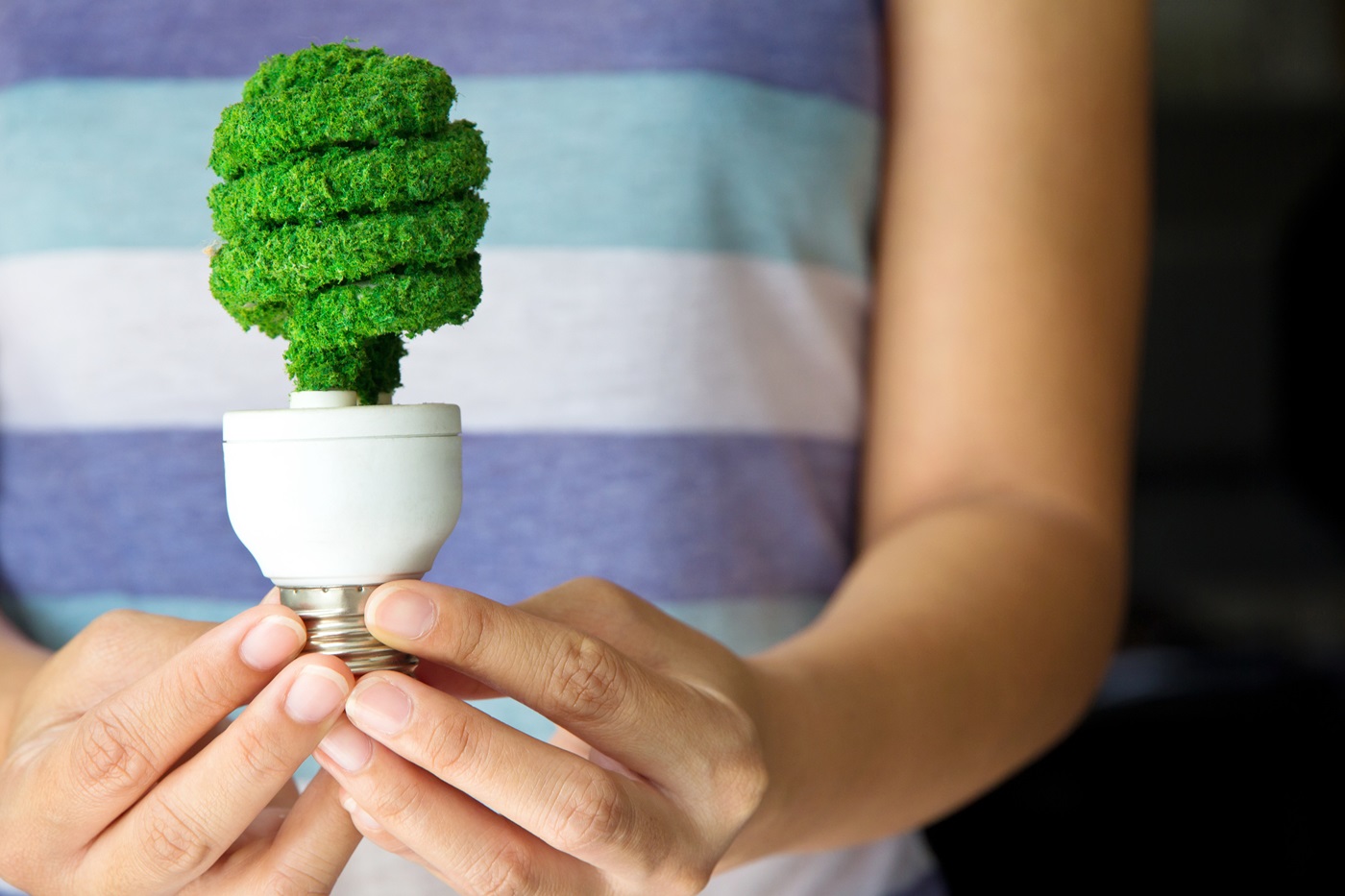How to save energy and reduce running costs
The answer is probably yes. If you also want to protect the environment by saving energy, here’s a tip.

Large facilities need energy-efficient solutions
In large facilities like logistics-intensive airports, the material flow has to work perfectly. The aim is to achieve maximum efficiency through good service and low costs, meeting the needs of everyone along the flow chain. This process also often involves reducing energy costs while protecting the environment.
In many facilities, conveyor belts are used extensively to move things from one place to another. The flow process depends on the conveyor belt working as it should. Because the belts are constantly running, it is particularly important that they work well over time. This means that:
• conveyor belts should be made of a material that can tolerate serious wear and tear
• conveyor belts should be as energy-efficient as possible
A conveyor belt which is wear resistant, has a long service life, is cheap to run and is energy-efficient is likely to be the ideal choice for large facilities and distribution centres. But how much energy does a conveyor belt actually use, and how much can be saved?
The higher the kinetic friction, the greater the energy loss
The amount of energy used to run a conveyor is mainly determined by the coefficient of friction between the backside of the belt and the conveyor slider bed. The higher the kinetic friction, the greater the energy loss. Up to 60% of the energy loss is due to the kinetic friction.
Water-based impregnation reduces conveyor belt friction
To reduce the kinetic friction and save energy we have developed an environmentally-friendly water-based impregnation method for the rear of the conveyor belt. This technology can save up to 45% of the energy. The impregnation also makes the conveyor belt more wear resistant compared to the standard belt.
Excellent returns – financially and environmentally
This type of conveyor belt reduces your running costs not just by saving energy, but also because of the long service life. There is no need to replace the belt so often, which means less down time and lower maintenance costs. The conveyor belts are also environmentally friendly – they use less energy so they have lower carbon emissions too.
Calculate how much energy you actually save with our impregnated Habasit Eff-Line at www.habasit.com.
Would you like to find out more about environmentally-friendly conveyor belts? Call or e-mail so we can explain.